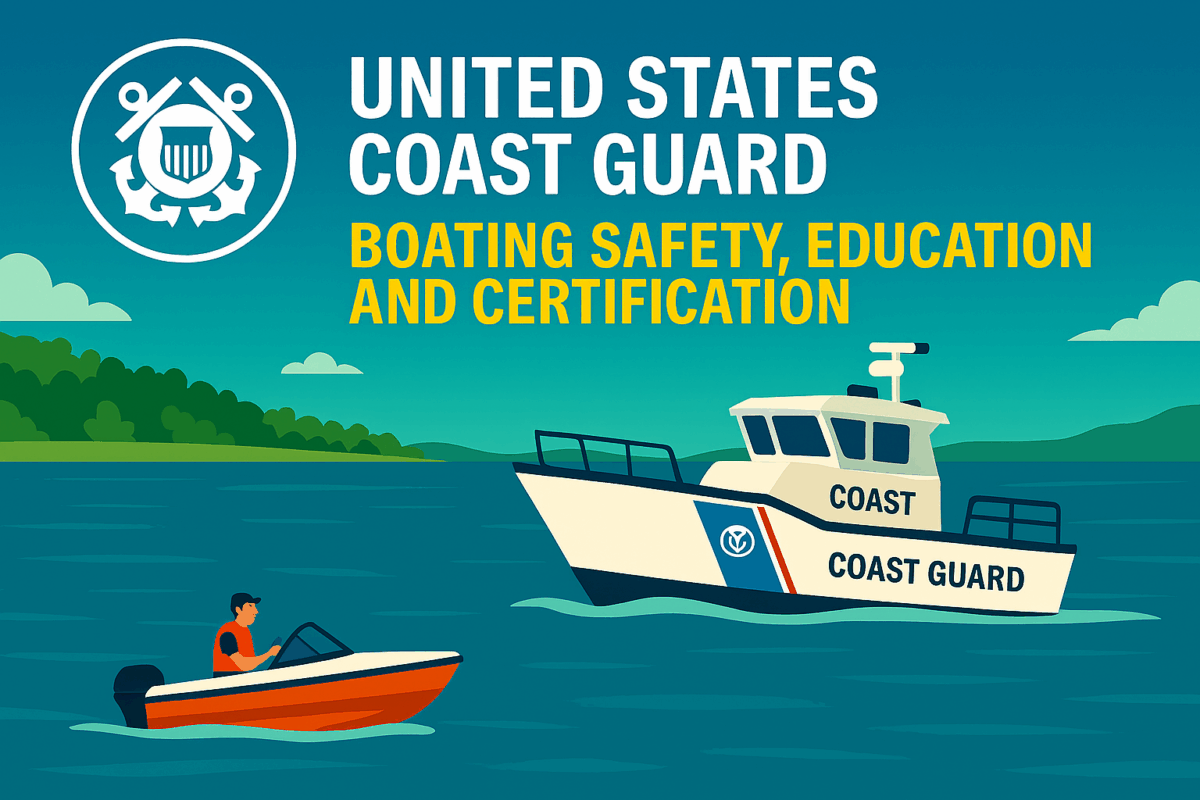Call: 1-800-832-7191

USCG PFD Regulations
Understand the Basics of PFD Requirements
Boaters must follow USCG PFD Regulations to ensure safety and legal compliance on U.S. waters. These rules apply to recreational and commercial vessels. Every boat must carry Coast Guard-approved personal flotation devices (PFDs) for each person on board.
PFDs fall into three categories: wearable, throwable, and specialized types. Each type serves a specific purpose and must meet strict testing standards. Approved devices carry a label showing compliance with Coast Guard regulations.
Choose the Right PFD for Your Vessel and follow the USCG PFD Regulations
Selecting the correct PFD depends on your vessel type and activity. USCG PFD Regulations outline which devices are suitable for different boating situations. Recreational boaters often use inherently buoyant or inflatable lifejackets.uscg
Commercial vessels may require SOLAS-approved devices or specialized flotation gear. Throwable devices, like cushions and ring buoys, must be accessible and ready for emergency use. Always check the label to confirm approval status.
Follow Guidelines for Use and Maintenance
Proper use and care of PFDs are essential. Regulations require that lifejackets be in good condition and readily accessible. Damaged or improperly stored devices may not perform as expected during emergencies. Be sure to check the condition before you leave dock.
Regular inspections help maintain effectiveness. Clean your PFDs with mild soap and water, and store them in a dry, ventilated area. Replace any device showing signs of wear, mildew, or broken straps.
Stay Informed and Compliant with USCG PFD Regulations
The Coast Guard updates regulations periodically. Staying informed helps you avoid fines and ensures passenger safety. USCG PFD Regulations also include guidance for manufacturers seeking approval for new designs.
Visit the official USCG site for current rules, testing procedures, and approval categories. Bookmark the page and check for seasonal updates or changes in standards. Responsible boating starts with understanding and following these essential safety rules.
